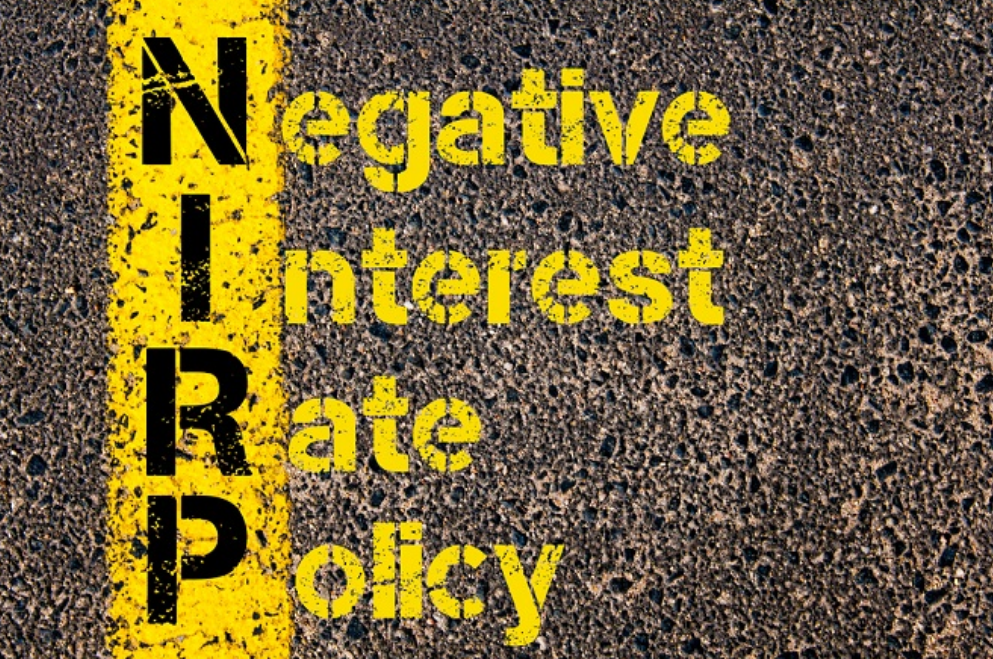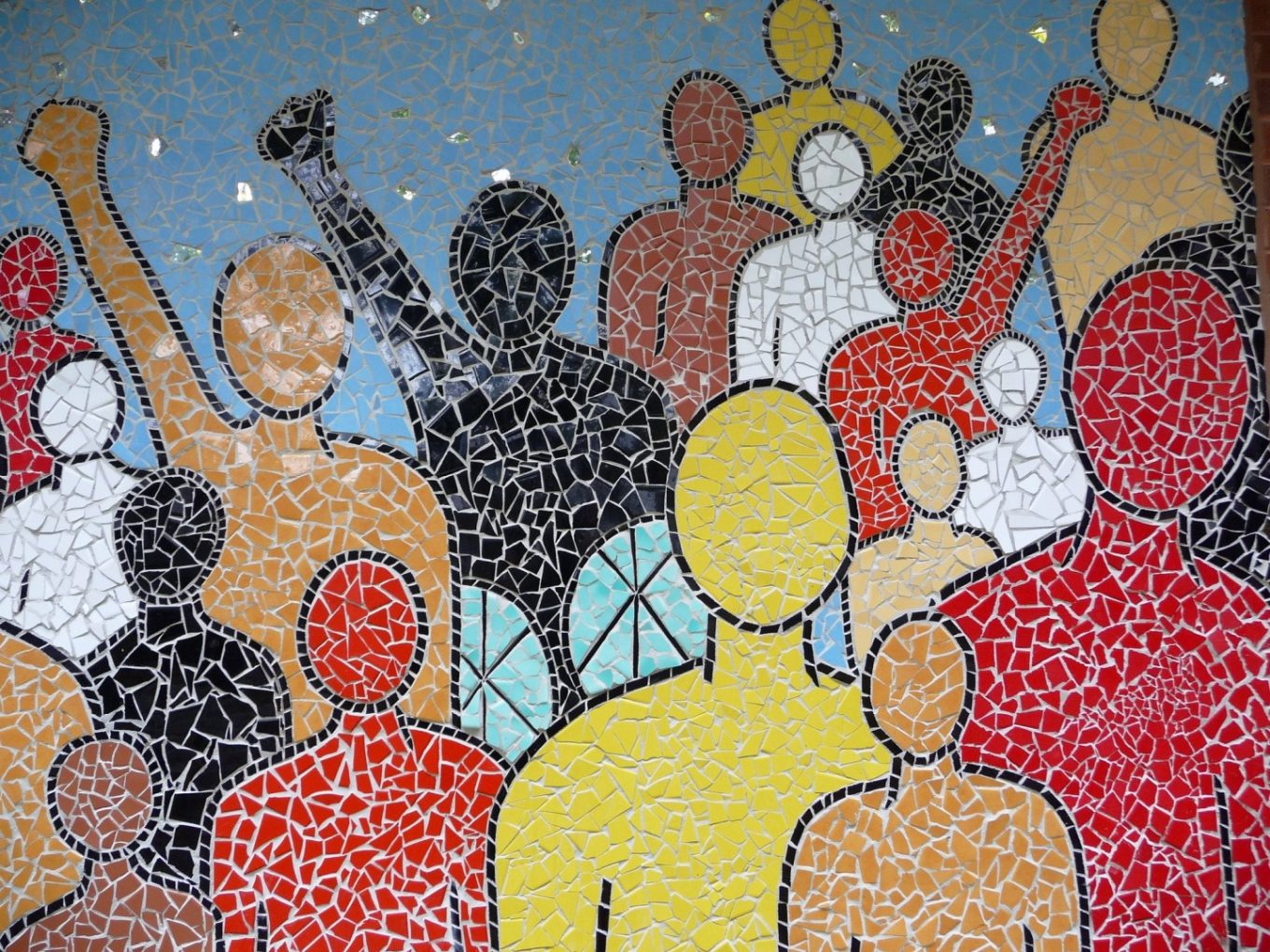Can Technological Innovation Help Financial Inclusion ?
Surveys by the World Bank have shown that approximately 2 billion adults around the world have no access to basic financial services. This financially excluded group of adults is known as the “unbanked” within the financial industry. Unbanked people live on a day to day basis. They pay for things in cash and have no type of money-related services such as insurance, credit cards, pension plans etc.
The unbanked typically rely on informal mechanisms such as keeping livestock and jewelry as savings and protection from risks. For credit, they often turn to moneylenders who charge higher interest rates than formal financial systems.
One tends to assume that the unbanked live mostly in Africa, Asia and South America, but paradoxically they exist in advanced economies such as the American one. According to a research done by Lisa J. Servon, an urban policy professor at The New School “more than half of the residents of Bronx Community Board 1, which includes Mott Haven, have no bank account.” They rely on check cashers to move on through life.
Microcredit
On a different note, there is also increasing evidence to show that economies with greater depths of financial inclusion tend to grow faster and are better able to reduce income inequality. This has become evident with the striking example of the Microcredit. The Microcredit is considered to have originated with the Grameen Bank founded in Bangladesh in 1983 by Nobel Peace Prize Winner, Muhammad Yunus.
Microcredit means giving very small loans (microloans) to impoverished borrowers who typically lack stable employment, resources and that because of their unbanked situation, have no credit history. Microcredit has proven to support entrepreneurship and alleviate poverty, and also to empower girls, women and in such a way, develop entire communities of illiterate people.
Screenshot of Zidisha, a microcredit platform founded in 2009A more modern version of the microcredit is Peer-to-peer lending over the Web. Kiva is a very well know example, but there are now many others, such as Zidisha, or Lendwithcare, run by CARE International. The way these platforms work is simple, as the following video exemplifies:
Lessons from the Microcredit Revolution
The success of the microcredit revolution has shown that providing the poor with access to affordable credit, besides its ethical merit, is a sustainable business model. Today, this industry has grown into a $70 billion industry serving an estimated 200 million clients worldwide.
However, it has been noted that the poor also need access to a full range of financial services and not just microcredit to improve their lives. They need services which can help them generate income, smooth their cash flow, manage risk and build assets, services which a microcredit business model cannot provide.
In an effort to broaden financial inclusion among the population of emerging economies, many nonprofit organizations have taken initiatives to come up with plans to achieve this noble goal with the help of recent technological innovations. And taking the lead in this effort is the Gates Foundation with their Level One Project.
The Level One Project
Established by the Bill and Melinda Gates Foundation, the Level One project is a framework for NGOs, governments and payments services providers on how to establish a new financial system that can bring the unbanked into the global formal economy in a sustainable manner. According to Kosta Peric, the deputy director of the Financial Services for the Poor initiative for the Bill & Melinda Gates Foundation, financial inclusion entails having access to an affordable and secure financial system which people can rely upon for financial support during challenging times.
Screenshot of Level one projectKosta Peric believes that financial innovations can help the dream of financial inclusion if one doesn’t loose focus on the people in need. He says:
“Innovations in the financial industry ultimately have to serve the people using it. We can no longer simply leave a third of humanity unserved and unconnected. So, we need to not only think about how FinTech benefits the people in developed countries who already have accounts and smartphones, we also have to think about the 2 billion people who lack access to the global financial system, and how we can help improve their lives.”
Playing a key role in providing these essential financial services to the unbanked is the recent innovation of blockchain technology. This technology can be “used as an alternative to current transaction switching and settlement models. In theory, it could also be used to lower the costs of providing these functions”. In other words, blockchain based financial platform is ideal for supporting a financial ecosystem where the bulk of the transactions are in small amounts. With the Level One project, the goal is to spur stakeholders in the private and public sector to develop interoperable financial pipelines which will ultimately expand financial inclusion.
The Level One project also identified 2 trends,
which help to eliminate barriers to financial inclusion. Firstly, mobile penetration in the developing world is astonishingly high at around 90% of the poor. This enables financial service providers to reach their target group by piggybacking their services on the existing mobile infrastructures.
Secondly, emerging technologies such as the blockchain technology are enabling financial services providers to strip as much as 90% of the cost out of each transaction. With the ultra-low transaction cost, the unbanked are more incentivized to adopt the new services.
Thirdly, the open source nature of the blockchain technology has the potential to provide a positive cascading effect to all the stakeholders as new innovations bring in new players and products to generate a sustainable financial business model focused on serving the lowest income group.
Conclusion
The digital economy today is expanding at a phenomenal rate. So while a significant of the world’s population is still excluded from the global financial system, there are still tremendous opportunities that can have the merit of both creating prosperity for disadvantaged sectors of the population and a sustainable business model that encompasses financial inclusion as the basis of the business model. Areas which developers can focus on include secure and affordable payment services, digital rights protection and digital identity. In short, the development focus must be on cost reduction, mitigating risks and extending the reach of reasonably priced financial products and services. For financial institutions, while one of the goals is profitability, the rollout of services must be done in such a way where increased social returns are key.
Article powered by Humaniq

Maria Fonseca is the Editor and Infographic Artist for IntelligentHQ. She is also a thought leader writing about social innovation, sharing economy, social business, and the commons. Aside her work for IntelligentHQ, Maria Fonseca is a visual artist and filmmaker that has exhibited widely in international events such as Manifesta 5, Sao Paulo Biennial, Photo Espana, Moderna Museet in Stockholm, Joshibi University and many others. She concluded her PhD on essayistic filmmaking , taken at University of Westminster in London and is preparing her post doc that will explore the links between creativity and the sharing economy.




























